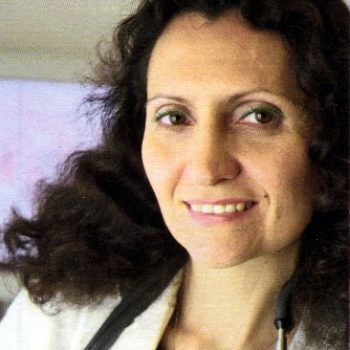Three million Italians suffer from eating disorders, such as anorexia and bulimia. More than 95% of those affected by these diseases are women, while only 4% are male. Let’s see together with Professor Daniela Lucini, Head of Medicine of Humanitas exercise, why the female population seems more inclined to develop these disorders and what are the major factors of incidence.
Incidence and risk factors: the role of genetics in anorexia
The incidence of anorexia nervosa is at least 8 new cases per 100,000 people in a year among women, while for men it is between 0.02 and 1.4 new cases. The greater vulnerability observed in the female sex in adolescence or young adulthood seems to be due to the fact that eating disorders are often associated with difficulties in the transition from childhood to adulthood, triggered by the physical and hormonal changes that characterize puberty.
With regard to anorexia nervosa, a disorder that involves the rejection of food for the morbid fear of fattening, several studies seem to suggest that about 50% of the risk is due to genetic factors. There are also many environmental factors that can also play an important role in the development of this disease. Anorexia is the third most common “chronic disease” among young people: patients with anorexia between 15 and 24 years have a risk of mortality 10 times higher than that of peers. The number of deaths in one year from anorexia nervosa is around 6%, 2% from bulimia nervosa and always around 2% for other unspecified eating disorders.
Bulimia: it starts between 15 and 19 years old
Bulimia nervosa is an eating disorder that leads individuals to consume large amounts of food. After a binge, the subject develops a series of feelings of guilt that push him to adopt behaviors aimed at “canceling” the amount of calories ingested and to self provoke the rejection of food when ingested. As for bulimia, every year there are 12 new cases per 100 thousand people among women and about 0.8 new cases among men. For both, the age group in which the onset occurs most often is between 15 and 19 years. Recent clinical observations have indicated an increase in early onset cases, although there is no lack of onset in adulthood.
The opinion of Humanitas
“On the girls has always been a greater attention in relation to these disorders – said Professor Lucini – but let us not forget that even in the male world this problem exists and should not be ignored.










